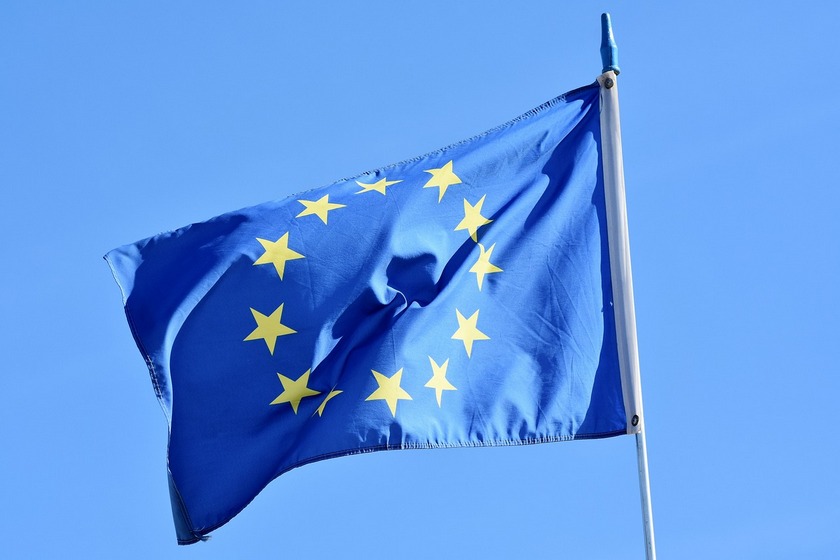Guide to Obtaining a Schengen Visa
A Schengen visa is a vital travel document that permits individuals to travel to and within the Schengen area. This visa is generally issued for short stays of up to 90 days; however, in certain circumstances, the duration can extend up to 180 days. It is essential to note that not all European countries are part of the Schengen zone. Travelers often apply for a Schengen visa for various reasons, and the type of visa required typically hinges on the purpose of the visit.
What Are the Different Types of Schengen Visa?
The Schengen visa is classified into various types based on the needs of travelers. Importantly, all of these visa categories cater to short-term stays. The different types include:
- Schengen Visit Visa
- Entry Visa
- Limited Territorial Validity Visa
- National Visas
- Uniform Schengen Visa
- Airport Transit Visa
- Double Entry Visa
- Business Visa
Before initiating the application process, familiarize yourself with these visa types to ensure you select the one that best meets your travel requirements. It is crucial to gather all necessary documents beforehand, as this will facilitate your entry into the Schengen zone.
Legal Requirements for a Schengen Visa
In order to apply for a Schengen visa, applicants must satisfy several legal requirements. These include:
- Visa Application Form
- Passport
- Verifiable Flight Itinerary
- Passport-sized Photographs
- Travel and Health Insurance
- Proof of Accommodation
- Proof of Financial Means
- Employment Status
- Purpose of Visit
- Payment Slip for Schengen Visa Fee
- A Cover Letter
Moreover, certain requirements may vary depending on the specific country to which you are applying. Therefore, it is advisable to consult with a knowledgeable travel agency for assistance.
#1. Visa Application Form
The visa application form is a fundamental requirement for obtaining a Schengen visa. It usually consists of two pages and contains information about your personal details, travel plans, and accommodation. Additionally, it asks for your intended arrival and departure dates from the Schengen area. You can download this form from the official embassy website or consult with a reputable agency for assistance.
#2. Passport
A valid passport is indispensable when applying for a visa, as it confirms your nationality and the country from which you are applying. To ensure a smooth application process, make sure your passport:
- Has two blank pages for stamps
- Is not older than ten years
- Is in good condition
#3. Verifiable Flight Itinerary
A verifiable flight itinerary serves as proof of your reserved travel plans towards the Schengen area. It is important to note that this is not the same as a confirmed flight ticket, which is often a financial commitment that can pose a risk if your visa application is rejected. A typical flight itinerary should include:
- Your full name
- Flight name and number
- Reservation codes issued by the airline
- The travel dates, including both arrival and departure
Consulting with experienced travel consultants can provide valuable insights into your travel itinerary, helping to ensure a smooth application process.
#4. Passport Size Photos
Passport-sized photographs are crucial for identification purposes. The standard size for these photographs is 35mm by 45mm, and they should not be older than three months. Ensure the photo is of high quality and your face occupies 80% of the image space. Always check the embassy’s website for specific photograph requirements.
#5. Travel and Health Insurance
This insurance is key for managing unexpected emergencies during your stay in the Schengen area. The insurance coverage should amount to at least €30,000 and should be adequate to cover medical expenses, including emergency hospital visits and potential evacuation situations.
#6. Proof of Accommodation
Proof of accommodation provides details about your planned stay within the Schengen region. It is essential to have this arranged prior to your visa application, as it demonstrates your intended travel plans. Typical details to provide include:
- The name of the accommodation (hotel, etc.)
- The duration of your stay, including arrival and departure dates
- The reservation code provided by the accommodation
- Contact details for the accommodation provider
#7. Proof of Financial Means
This documentation demonstrates that you have sufficient funds to support yourself while in the Schengen area. You will need to present details about:
- Your bank statements
- Your credit card details
- If applicable, information on any sponsors who will support you during your stay
#8. Employment Status
Details about your employment status are also necessary. This includes the name of your employer, your position, and salary information. You should also provide details regarding any allowances enjoyed through your employment.
#9. Purpose of Visit
Clearly state the purpose of your travel in a cover letter. Whether for business, study, or tourism, articulating your intentions helps the embassy process your application efficiently.
#10. Schengen Visa Fee Payment Slip
After submitting your visa application fee, you will receive a payment slip from the embassy or consultants. This slip confirms your application submission and commitment to your travel plans.
#11. A Cover Letter
A well-crafted cover letter summarizes your travel plans. Ensure it includes your purpose of travel, travel itinerary, place of accommodation, and duration of stay. An articulate and concise cover letter can enhance the review process of your visa application.
Have you ever traveled to the Schengen Area? Feel free to share your tips and advice below!




